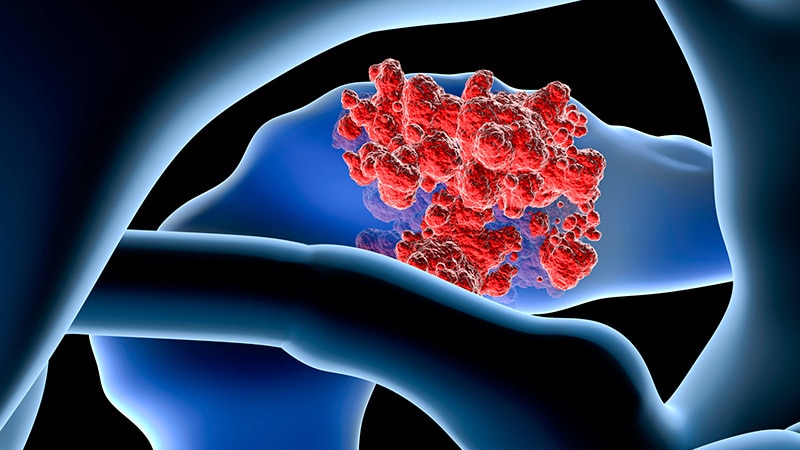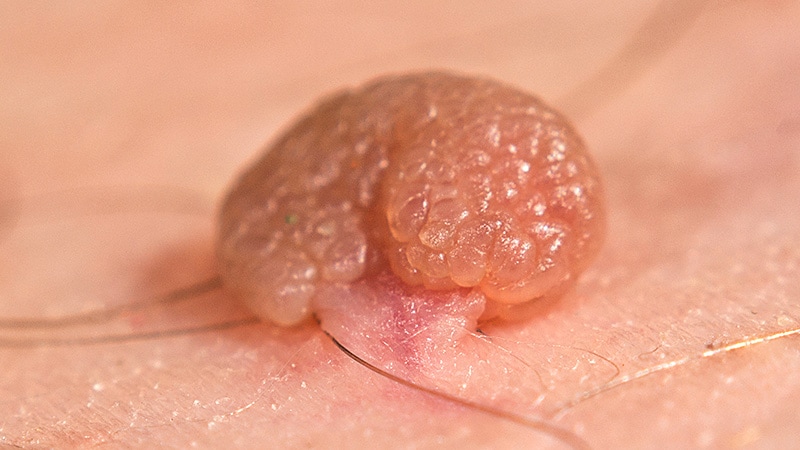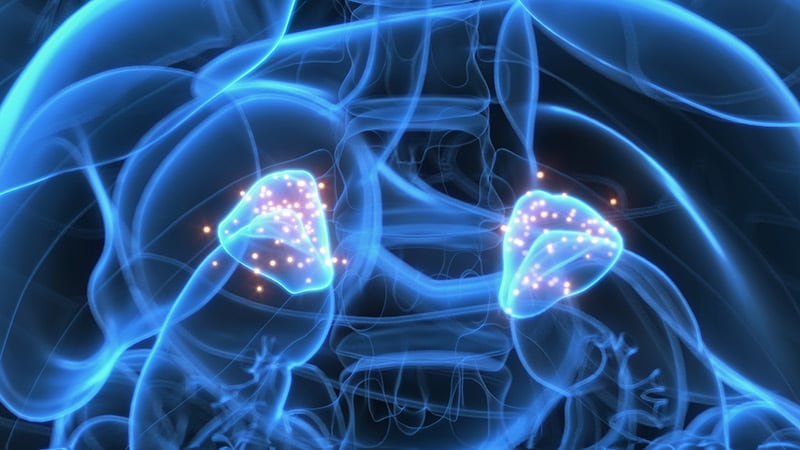A unique autoantibody signature of multiple sclerosis (MS) is detectable in the blood of people with the disease years before symptom onset.
Investigators screened blood samples from 250 individuals with MS drawn 5 years before and 1 year after symptom onset, profiled MS-related autoantibodies, and compared the sample with 250 matched controls.
A unique cluster of autoantibodies was found in 10% of people with MS, appearing up to 5 years before the onset of clinical symptoms and remaining higher 1 year after diagnosis.
"Our work demonstrates that a subset of MS patients has antibodies that react to a common protein motif, both before, during, and after diagnosis and symptom onset," lead investigator Colin Zamecnik, PhD, a postdoctoral researcher at UCSF School of Medicine, University of California, San Francisco, told Medscape Medical News.
Such a discovery could aid in early diagnosis, Zamecnik added. MS treatments "have gotten much better in the last 15-20 years and evidence shows early treatment can improve outcomes," he said.
The study was published published online April 19 in Nature Medicine.
Seeking Earlier Diagnosis
Previous research shows that nonspecific neurologic episodes occur more frequently in people who received an MS diagnosis later in life, pointing to the possibility of an MS prodrome, the authors note.
These neurologic episodes may be indicative of ongoing neuroinflammatory processes in the preclinical period, they add. Studies in several other autoimmune diseases show that diagnostic autoantibodies can appear years before symptom onset. However, no such antibodies have previously been identified in MS patients.
To investigate, the researchers turned to data from a large, prospective incident MS cohort assembled during the Gulf War era in more than 10 million US military veterans.
Records of those with the earliest diagnosis (an average of 5 years before symptom onset) and 1 year after the first attack were analyzed, and matched controls were selected.
Investigators used a technique called phage display immunoprecipitation sequencing to screen human blood for antibodies.
They conducted a whole-proteome autoantibody screen and serum neurofilament light (sNfL) measurements on these samples in both case patients and controls at the same time points.
Early Signs of Injury
In the preclinical serum samples, sNfL levels were higher nearer the date of diagnosis and significantly higher in post- vs pre-onset samples in people with MS.
"Together, these data provide evidence that at least some people with MS exhibit early signs of neuroaxonal injury long before onset of symptoms," the authors note.
Analysis of the collection of peptides, described by the investigators as an "autoantibody signature," was consistent over time and was present regardless of diagnosis.
Further analysis of the autoantibodies revealed a characteristic protein motif found in common viruses, including Epstein-Barr virus (EBV) and hepatitis C virus, among others.
The motif "shares remarkable similarity to those found on many pathogens that infect humans, including EBV, which is known to be a risk factor for development of MS," Zamecnik said.
The researchers validated these findings by analyzing serum and cerebrospinal fluid samples from participants in ORIGINS, an MS cohort at the University of California, San Francisco, that enrolled patients at clinical onset. As with the other cohort, 10% of patients had the autoantibody signature.
The investigators added that the findings detail some of the first autoantigen-specific biomarkers found in preclinical MS.
"Taken together, our future work will focus on profiling these patients more closely over time to see how they differ from their counterparts and gives further evidence of viral-host crosstalk as a hallmark of this disease," Zamecnik said.
Not Ready for Prime Time
Commenting on the findings for Medscape Medical News, Bruce Bebo, PhD, executive vice president of research, National Multiple Sclerosis Society, said the study corroborates the "growing appreciation that MS has a prodrome."
Such a discovery might "accelerate progress toward the possibility of treating MS ever-earlier in the course of the disease, or possibly even preventing MS from occurring in the first place," he added.
Bebo, who was not involved in this research, noted that it was conducted at a single center, is only preliminary, and "has no immediate clinical applicability."
Also, because this pattern was identified in only 10% of individuals with MS, "an additional hurdle is whether we can identify other patterns in greater numbers of people," he added.
This work was supported by the Valhalla Foundation; the Weill Neurohub; the Westridge Foundation; the National Institute of Neurological Disorders and Stroke; the National Institute of Allergy and Infectious Diseases; National Multiple Sclerosis Society; the Department of Defense; the German Society of Multiple Sclerosis; the Water Cove Charitable Foundation; Tim and Laura O'Shaughnessy; the Littera Family; School of Medicine Dean's Yearlong Fellowship, supported by residual funds from the Howard Hughes Medical Institute Medical Fellows at UCSF; the Chan Zuckerberg Biohub San Francisco; the John A. Watson Scholar Program at UCSF; the Hanna H. Gray Fellowship, Howard Hughes Medical Institute; the National Institutes of Health; and the University of California President's Postdoctoral Fellowship Program. Zamecnik received funding toward this study from the National Multiple Sclerosis Society and the Water Cove Charitable Foundation. He declared no competing financial interests. The other authors' disclosures are listed on the original paper. Bebo is the executive vice president of the National Multiple Sclerosis Society, which provided support for the study.
Batya Swift Yasgur, MA, LSW, is a freelance writer with a counseling practice in Teaneck, New Jersey. She is a regular contributor to numerous medical publications, including Medscape and WebMD, and is the author of several consumer-oriented health books as well as Behind the Burqa: Our Lives in Afghanistan and How We Escaped to Freedom (the memoir of two brave Afghan sisters who told her their story).

.webp) 2 weeks ago
8
2 weeks ago
8


























 English (US)
English (US)